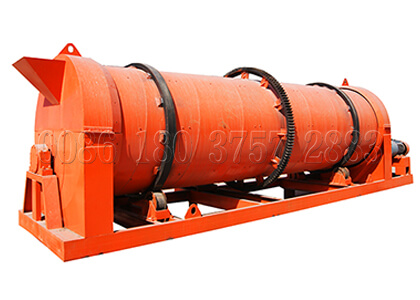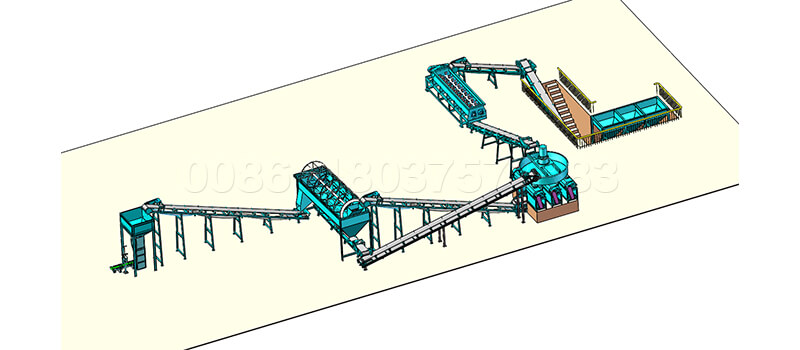The composting process is usually divided into two stages, one is compost material fermenting(also called fast or high temperature fermentation) and the second is compost further treatment (also called post-ripening or aging). There is usually no clear boundary and distinction between these two phases.

What are the features of the two compost production processes ?
The characteristics of a composting phase are: high oxygen absorption rate, high temperature, large reduction in degradable volatile solids (BVS), and high odor potential. Typically, a composting phase requires ventilation and maintains good control of the composting process due to the need to reduce odor. The secondary composting stage is characterized by low temperature, low oxygen absorption rate and low odor potential.

Differences between two compost process
Compared with the first composting, the management and regulation of the secondary composting stage is relatively simple. However, from the engineering point of view, there is no need for secondary composting, because the secondary composting stage can continue to degrade the organic matter that is difficult to degrade, and the reaction rate is slowed down. And reconstitute low temperature microbial communities to help compost maturity, reduce phytotoxic substances and inhibit pathogens.
These two phases are indispensable for the design and operation of a complete composting system and are necessary for the production of composted compost.

Compost production process
The raw material processing before the start of one composting is called pre-treatment, and the raw material processing after the post-cooking stage is called post-treatment. Whether the pre-treatment or post-treatment needs to depend on the characteristics of the raw materials and the desired product quality.
The composting process is generally divided into three stages.
Compost materials warming
The warming phase generally refers to the initial stage of the composting process, in which the temperature of the stack gradually rises from the ambient temperature to about 45 °C, the dominant microorganisms are mesophilic microorganisms, including bacteria, fungi and actinomycetes. The decomposition substrates are mainly sugars and starches. During the period, fungal fruiting bodies can be found, and animals and protozoa participate in decomposition.

High temperature processing
When the temperature in the high temperature stage rises above 45 °C, it enters the high temperature stage. At this stage, the mesophilic microorganisms are inhibited.
The system even died, while thermophilic microorganisms rose to dominant microorganisms. Residual and newly formed soluble organic matter in compost continues to be oxidatively decomposed, and complex organic matter such as hemicellulose-cellulose and protein are also beginning to be strongly decomposed. Microbial activity alternates. The most active ones are thermophilic fungi and actinomycetes at around 50 °C. When the temperature rises to 60 °C, the fungus almost completely ceases to function. Only thermophilic bacteria and actinomycetes are active. Most of the thermophilic microorganisms are no longer adapted to 70 ° C and enter the dormant and death stages in large numbers. The optimum temperature for modern compost production is typically 55 ° C, because most microorganisms are most active in this temperature range, most decomposing organic matter, and most of the pathogens and parasites can be killed.

Compost materials colling
The high temperature stage in the cooling stage will inevitably lead to the death and activity of microorganisms, and naturally enter the low temperature stage. At this stage, the mesophilic microorganisms began to take the lead, further decomposing the organic matter that is difficult to decompose, but the microbial activity generally decreased, the heat generation of the heap decreased, the temperature began to decrease, the organic matter stabilized, and the oxygen demand was greatly increased.

